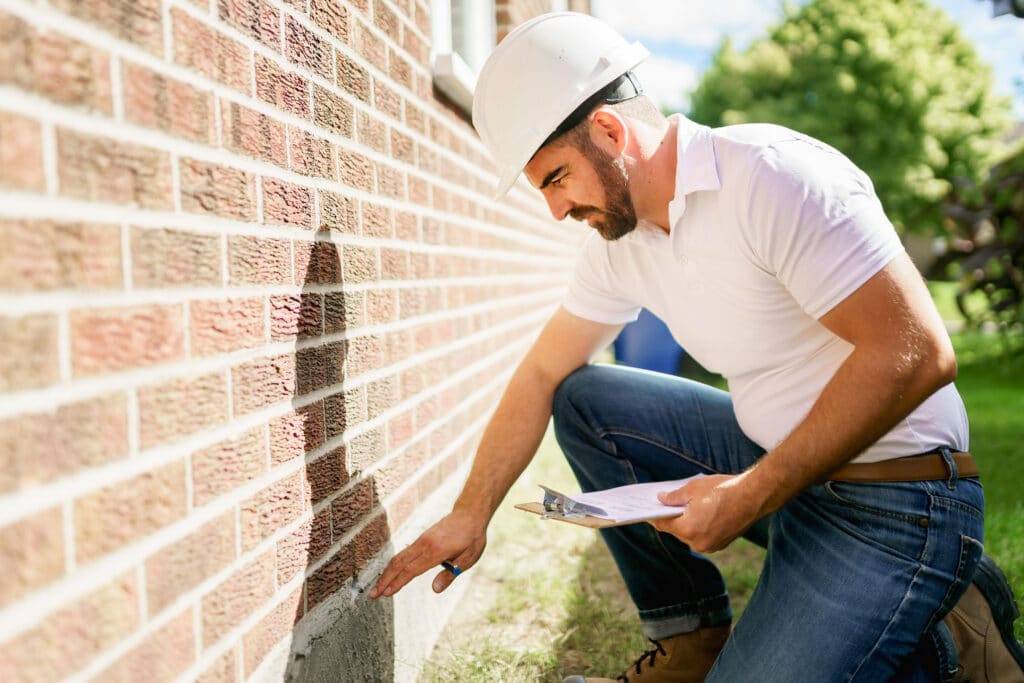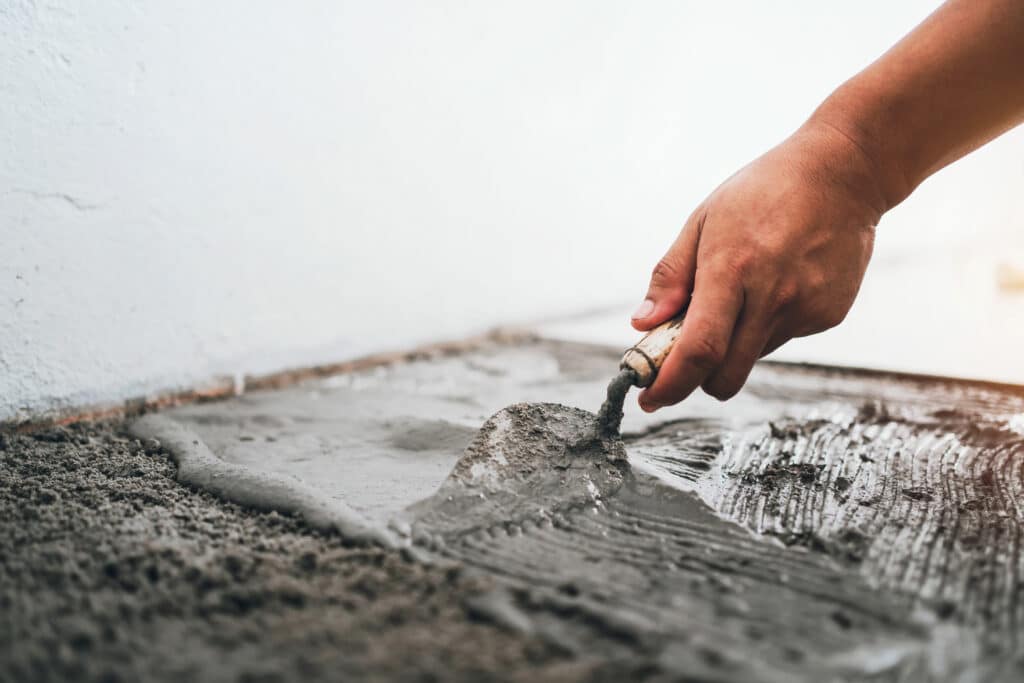Common Causes of Foundation Problems in Rock Hill
A few common reasons why Rock Hill homeowners experience foundation problems include:
- Soil composition: Soil with large clay or sand concentrations is highly expansive. In the heavy rainfall Rock Hill receives, the soil soaks up moisture like a sponge, then releases it in dry seasons. The constant expansion and contraction stresses nearby foundations, even if the foundations stay dry.
- Standing water: Pooling water around your home can be a menace to your foundation's integrity, especially when it gathers in areas your drainage system doesn't cover.
- Aging plumbing: While many Rock Hill homes are fairly new, some still use cast-iron plumbing. When the pipes start eroding, leaking water could reach your foundation and even pool beneath it.
- Improper modifications: Landscaping or roofing work that wasn't done properly could result in your foundation settling.
- Tree Roots: Tree roots can encroach on a home's foundation through cracks, and may exert pressure that leads to your foundation breaking, pipes leaking, and overall structural deterioration.
How to Choose the Best Foundation Repair Company
Your home's stability depends greatly on its foundation. It's vital to select the most qualified crew possible. Center your research on these attributes:
Licensing and Experience
According to the South Carolina Department of Labor, Licensing, and Regulation, foundation repair companies need a general contractor's license. Contractors that do not perform commercial work can pursue licensure from the Residential Builders Commission. Talk to team members to gain additional insight into a company's experience. You should ask about local permit ordinances, building codes and inspection processes.
One of the best ways to assess a company's reputation is to find its website. Look for the company's years in business and the accreditations its team holds. Many top companies provide educational content for future customers.
Customer Reviews
Before committing to a company, review its online profile with the Better Business Bureau (BBB). You can examine both positive reviews and complaints. Complaints don't mean a contractor is bad news. BBB reviews show how the company handled complaints. It's a good sign if the company has resolved issues proactively and favorably. You should stay away from a company with more negative reviews, no certifications, and no communication regarding issues.
Foundation Repair Cost in Rock Hill
The price of foundation repair can vary substantially depending on the degree of the issues and what's required to resolve them. For minor foundation fissures and settling problems, you may pay as little as $1,800. However, if there is considerable damage, the typical cost falls at about $2,200. More involved projects involving tunneling, helical piers, or major mudjacking could cost upwards of $6,600. This table shows the average foundation repair costs for common issues.
| Common Foundation Repair Services | Average Cost |
|---|---|
| Crack Repair | $278 |
| Leak Repair | $2,119 |
| Stabilization | $3,587 |
| Underpinning | $1,071 |
| Waterproofing | $2,329 |
Ready to Get a Quote on Your Foundation Repair Project?
Please enter a valid 5-digit zip code!
Frequently Asked Questions About Foundation Repair in Rock Hill
What will I pay to repair my foundation in Rock Hill?
What's the most popular foundation type in Rock Hill?
Is foundation repair covered under my homeowners insurance?
What preventive measures can I take to avoid foundation issues?
- Ensure your home's gutters and downspouts are in good condition and direct water away from your foundation to avoid water accumulation.
- Water the soil around your foundation evenly, especially during dry spells, to prevent shrinking and expansion.
- If possible, grade the soil around your home to slope away from your foundation, promoting water drainage and minimizing the risk of foundation issues.
- Inspect your foundation for cracks, and address any issues promptly.
To share feedback or ask a question about this article, send a note to our Reviews Team at reviewsteam@thisoldhousereviews.com.
More Foundation Resources
National Foundation Repair Ranking Methodology
Sources
U.S. Census Bureau (American Communities Survey)
















